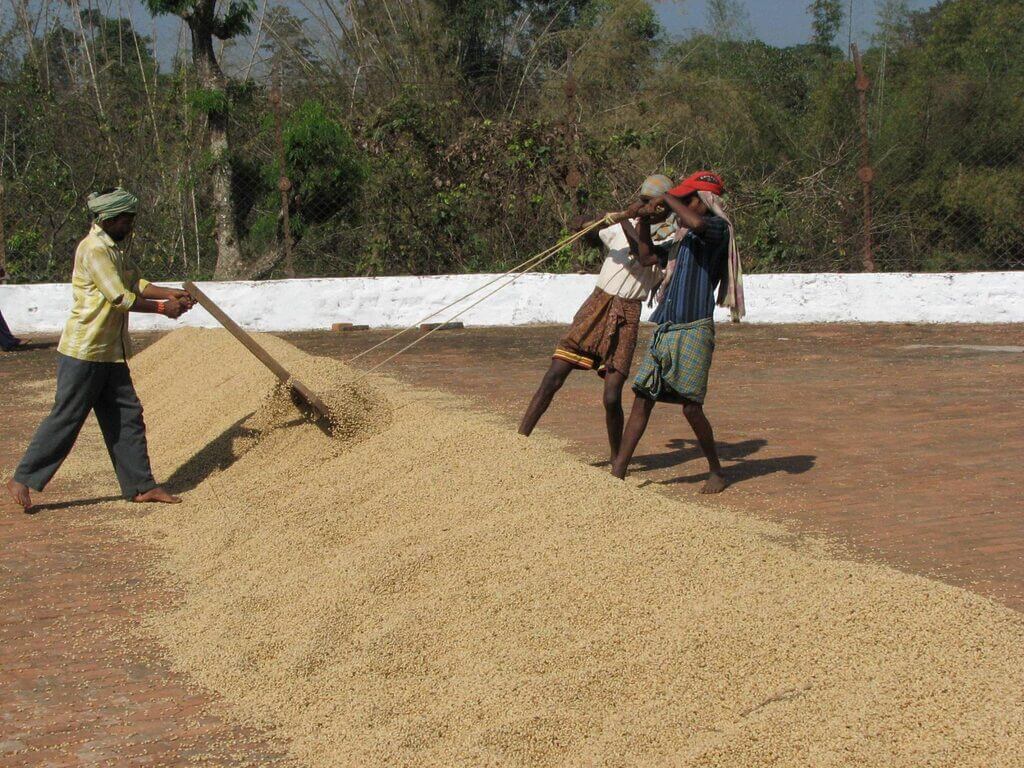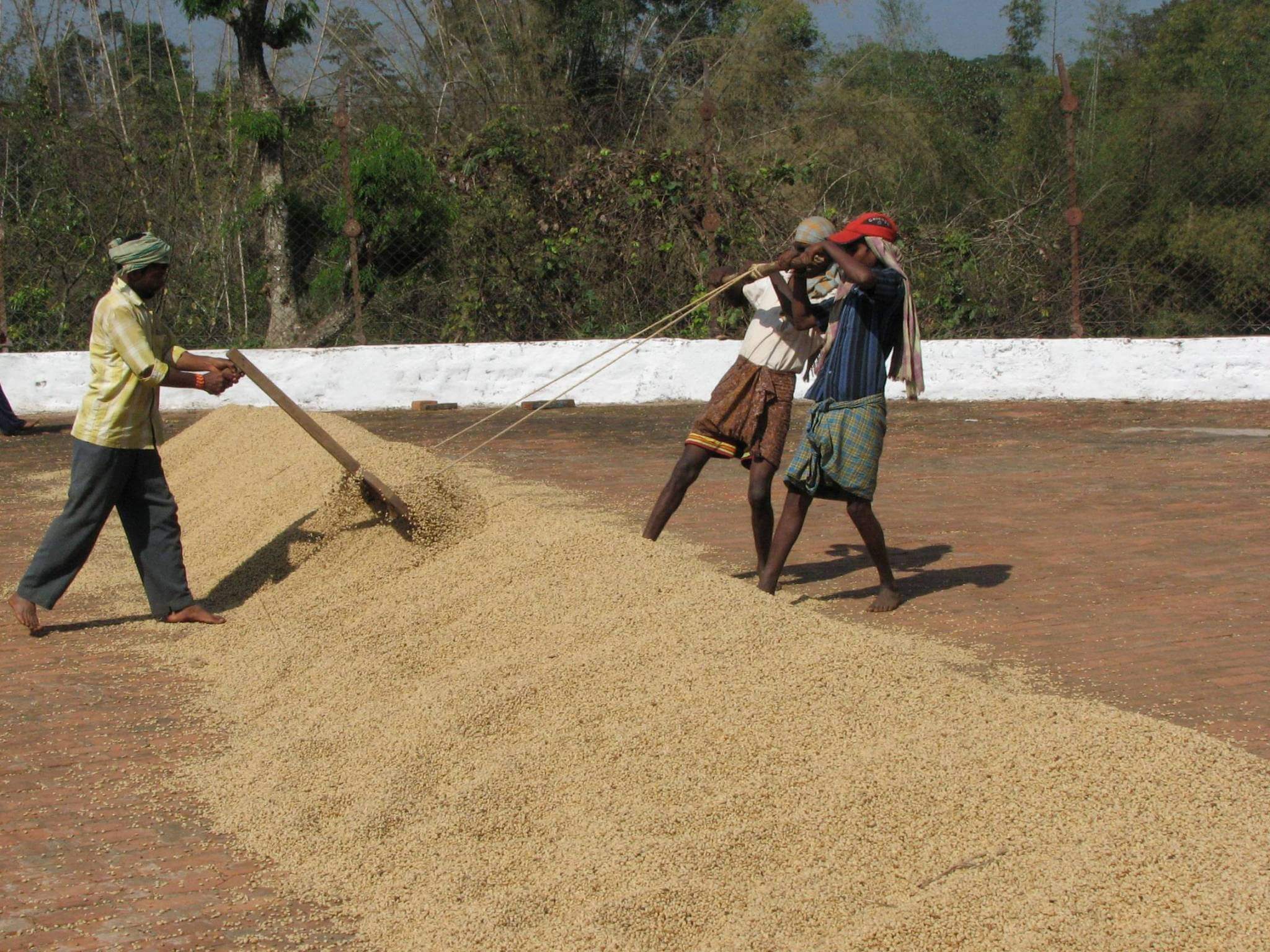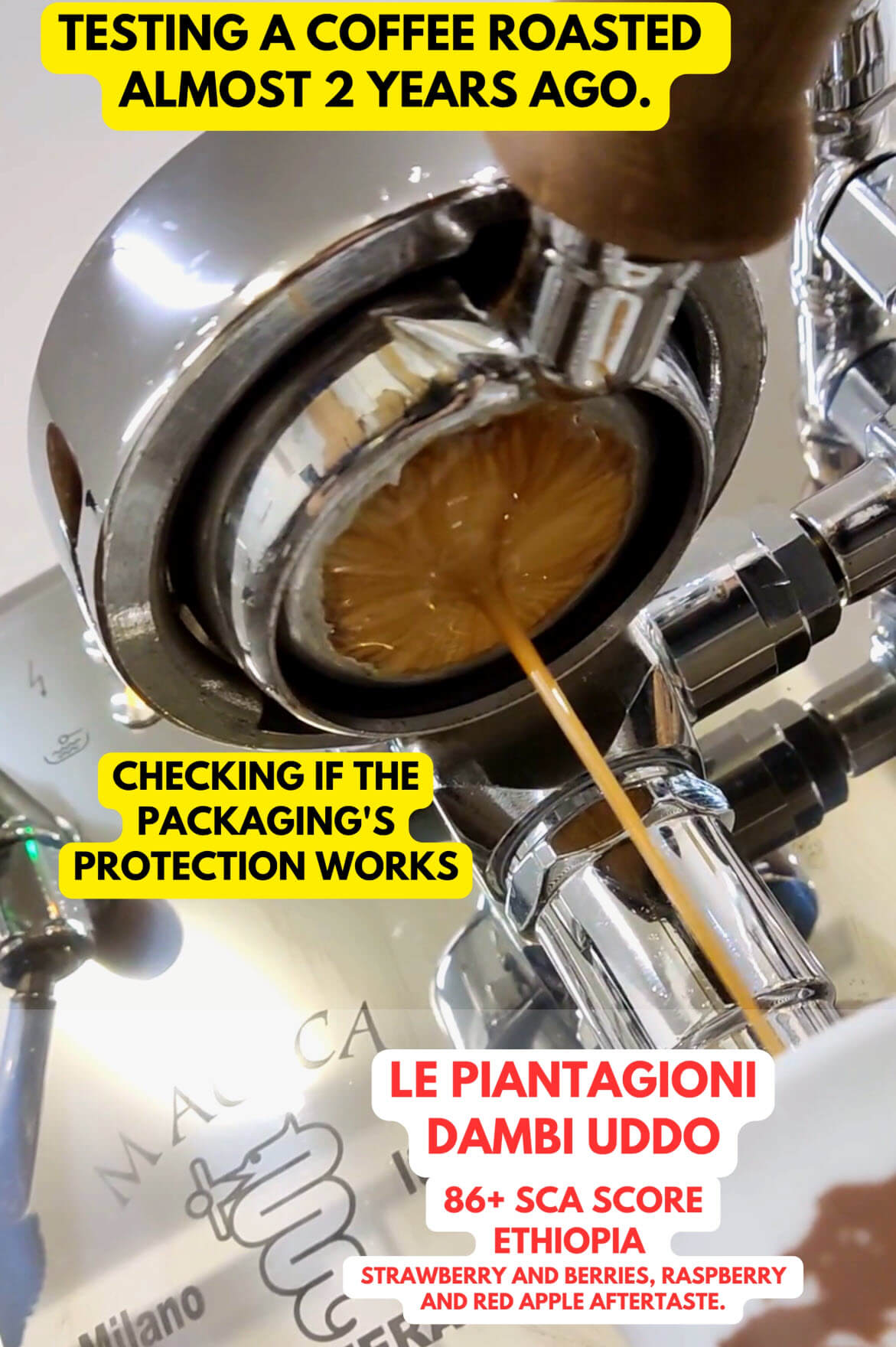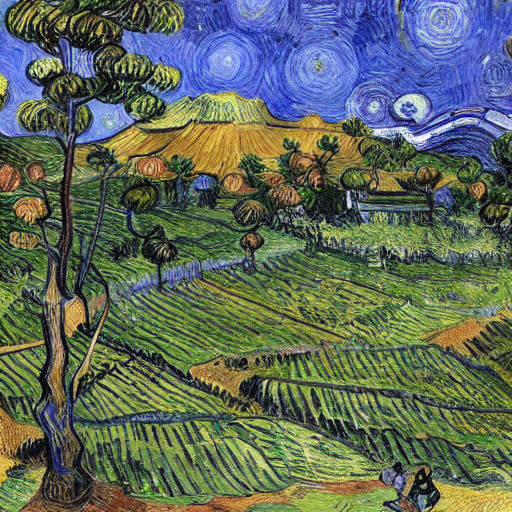
Table of Contents
Washed Coffee vs Natural Coffee: Understanding Processing Methods
Coffee enthusiasts often debate the merits of washed coffee versus natural coffee. But what exactly do these terms mean? The key difference lies in how the freshly picked coffee cherries are processed after harvesting. Each method results in distinct flavours and aromas.
This guide will examine washed and natural coffee production, help you identify their differing taste profiles, and explore the pros and cons of each technique. Read on to fully understand these pivotal processing methods shaping your daily cup!
Overview of Washed and Natural Coffee Processing
After picking coffee cherries, they undergo initial processing to separate the beans from the fruit flesh and protective layers. There are two primary processing methods used worldwide:
Washed Processing: The cherries are pulped immediately after picking to remove the outer skin and fruit. The beans are then fermented for 8 to 48 hours to remove sticky mucilage. Finally, the beans are thoroughly washed with fresh water and dried.
Natural Processing: The cherries are dried whole with the fruit flesh and mucilage layer attached. This takes 4-6 weeks with frequent turning. The protective layers are later removed mechanically.
Both methods ultimately yield clean, export-ready green coffee beans. But the presence or absence of that fruit matter hugely impacts flavor. Let’s examine each more closely.
How Washed Coffee Processing Works
Washed coffee utilizes dedicated pulping machines to efficiently strip the outer skin and fruit pulp from harvested cherries:
- Pulping – Cherries pass between fixed and rotating plates that press, tear, and scrub the fruit away.
- Fermentation – Beans soak from 8-48 hours, allowing yeasts and bacteria to digest and loosen the sticky mucilage coating the beans.
- Washing – Then beans are thoroughly rinsed with fresh water to eliminate all traces of mucilage.
- Drying – Finally, beans are dried on tables, patios, or mechanical dryers until 11-12% moisture.
The heavy focus on washing creates very clean, pure flavour profiles. But lots of water is used in processing. Next, we’ll contrast with natural methods.
How Natural Coffee Processing Works
In natural processing, cherries are kept whole and dried fully intact using the fruit and mucilage as protection:
- Drying – Cherries are dried by the sun, mechanical dryers, or a combination, taking 4-6 weeks.
- Turning – Coffee must be turned multiple times daily to prevent mould.
- Milling – Once sufficiently dried, machines mill away all dry outer layers, splitting open the cherries.
- Sorting – Final sorting removes any lingering dried skins from the green beans.
Rather than adding flavour through washes and soaks, natural coffee develops its unique profile during slow, intact drying. But it requires close monitoring.
Flavor Differences Between Washed and Natural Coffee
The presence or absence of fruit sugars and acids left on the beans create significant taste differences:
Washed Coffee Flavor Qualities:
- Clean, pure flavours
- Bright, lively acidity
- Distinct origin characteristics
- Notes of lemon, berry, and chocolate
Natural Coffee Flavor Attributes:
- Full-bodied, heaviness
- Sweeter, fruitier notes
- Rounder, smoother mouthfeel
- Hints of strawberry, honey, wine
Think pure versus fruity. The same beans processed differently would still be identifiably that origin, but the flavor nuances change significantly.
Pros and Cons of Washed Coffee Processing
Washed processing creates a clean flavor at the cost of heavy water usage. Here are the key pros and cons:
Pros:
- Preserves inherent flavours of origin
- Delicate, complex acidity and aroma
- Allows tasting origin differences
- Lower risk of defects
Cons:
- Involves large amounts of water
- Can lack body or sweetness
- Needs substantial manual labor
- Longer processing time
For regions with ample water and local skills, washed coffee shines. But it must be done well to maximize quality.
Pros and Cons of Natural Coffee Processing
Natural processing prioritizes flavour while using less water. But there are tradeoffs:
Pros:
- Intense fruit flavours and sweetness
- No water washing required
- Faster processing time
- Less manual labor involved
Cons:
- Can mask origin flavors
- Risk of over-fermentation or mold
- Very hands-on monitoring
- More sorting required
Fans love the fruited sweetness, but the right climate and attentive drying is crucial for natural coffee.
Regions Known for Washed and Natural Coffee Production
Certain coffee-growing regions are better suited to each processing method based on climate, infrastructure, and tradition:
Washed Coffee Regions:
- Central America – Costa Rica, Guatemala
- East Africa – Kenya, Rwanda
- India/Indonesia – Sumatran and Java beans
Natural Coffee Regions:
- Brazil – Dominant method for Arabica
- Ethiopia – Birthplace of natural processing
- Hawaii – Ripe tropical climate
However, many areas like Colombia do both, and you’ll find exceptions. Specific farms matter most.
Roasting Considerations for Washed vs Natural Coffee
Roasters handle washed and natural beans slightly differently:
- Charge Temp – Natural may need a lower charge temp of around 380°F to prevent baked flavors.
- Development Time – Shorter development for naturals to keep fruit notes intact.
- Final Temp – Lower finish temperature for naturals, around 420°F, to avoid char.
- Blending – Natural beans are sometimes added to washed lots to boost body and sweetness.
The same adjustments don’t work for all beans. But roasters tailor small details to showcase the best attributes.
Cost and Availability of Washed vs Natural Coffee
Currently, washed Arabica coffee is the norm in specialty coffee, with naturals considered more niche:
- Washed Arabica is widely available from almost all origins year-round. It represents 70-80% of high-end specialty coffee.
- Natural coffees are more limited, sometimes produced only at certain times of year. They fetch higher prices at auction.
- However, natural coffee is gaining popularity and becoming more frequently offered by retailers.
- Expect to pay $1-3+ more per pound for natural vs washed coffees in retail.
As natural gains appreciation, costs will likely normalize. But for now, washed remains the standard.
Sustainability Impacts of Different Coffee Processing
Both methods have sustainability considerations:
- Washed coffee’s heavy water use must be managed, like reusing discharge for irrigation.
- Natural processing consumes less water but needs significant labor for cherry monitoring.
- Mechanical drying, especially for naturals, uses fuel that increases the carbon footprint.
- Eco-friendly practices like solar drying, wet mills with water recycling, and sustainable forest drying floors help.
Conscientious farmers work to mitigate environmental impacts, but washing’s water usage remains an inherent challenge.
Which Should You Choose – Washed or Natural Coffee?
When deciding between these processing methods, consider:
- Your flavor preferences – washed for pure, acidic, complex or natural for sweeter, heavier body
- The roast profile – lighter for washed, darker for naturals
- Brewing method – naturals suit immersion like French press; washed work well for pour over
- Environment – support eco-friendly farms
- Price – naturals often cost $1-3+ more per pound
Both produce amazing coffee. Try coffees processed each way from various origins to identify your tastes. The journey continues with every sip!
Conclusion
Coffee processing is pivotal in the flavors we encounter in each cup. While washed and natural methods start the same with fresh cherries, meticulous processing differences create nuanced taste profiles. Washed coffees showcase pure origin characteristics, while naturals deliver sweetness and body. By understanding these foundations, we can better appreciate and evaluate the coffees we drink. Next time you savor a juicy natural or sparkling washed coffee, recognize the work involved to produce stellar results in the cup.
FAQs
What’s the difference between washed and natural coffee?
Washed coffee removes the fruit flesh soon after picking and undergoes fermentation and washing. Natural coffee dries the intact cherry then removes the layers later.
Which tastes fruitier, washed or natural coffee?
Natural coffee processing increases sweet, fruity flavours due to compounds from the drying cherry matter. Washed coffee has more delicate, acidic notes.
Is natural coffee sweeter?
Natural coffee is typically sweeter and fuller-bodied because the fruit sugars are absorbed into the bean during drying. Washed processing removes these sugars.
Why is washed coffee more expensive?
Currently, washed Arabica coffee is more widely available. The niche demand for natural coffee means it sells for $1-3+ more per pound at retail right now. Prices may normalize as natural gains appreciation.
Which coffee needs more labour?
Washed coffee is more labour-intensive due to pulping, fermenting, and constant washing. Natural just requires attentive drying. But both require hard work!






Does descaling espresso machines work

Arcaffè 2023 restyling




Restaurant, Cafe and Office Inflation Special Deal
